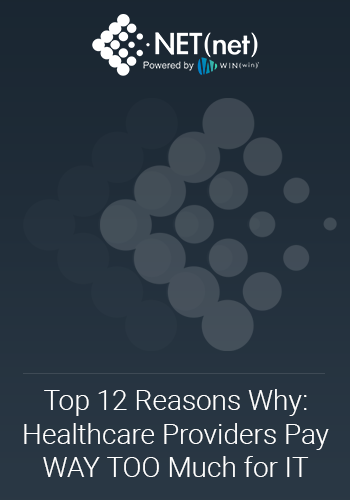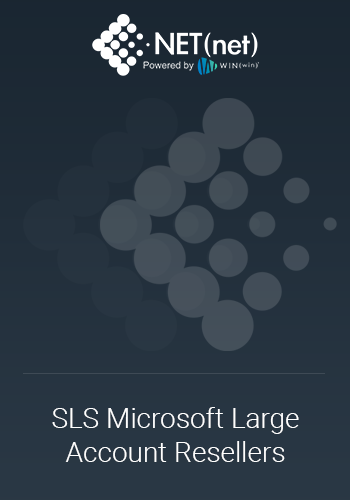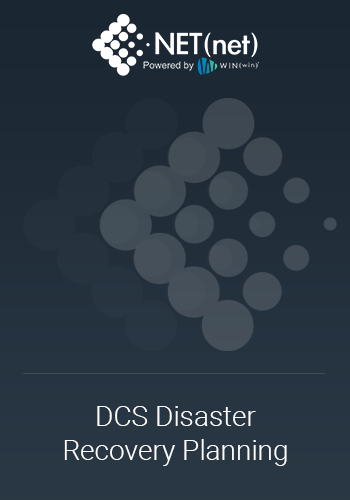According to MarketWatch, the global HCM market size in 2018 was $12.6B USD and is poised to grow to $22.6B by 2025! That is an impressive growth number and companies will be going all out to claim their share of it. While these ‘Big 5’ take up a massive chunk of the HCM market, the biggest piece of the pie is still quantified as ‘other’, meaning there are a myriad of options for enterprises to choose from. Before you can even consider the niche players and startups on the cutting edge of HCM technology, you first have to know what the big players can do. They will claim they can do everything under the sun, but in some cases that’s only true with smoke and mirrors.
Below we’ll try to demystify some of the characteristics of our Big 5, and what you need to look out for when engaging with them for the long haul. We've seen it happen before, wherein companies on the leading edge start out with amazing products and wow us with their 'mysticism'. But as they mature and look to secure market share and revenue, they turn to audits, confusing terms, and ever-changing licensing models. We call this 'tyranny' as they are now 'Breaking Bad' and warrant extreme caution. Take heart however, as there are great products with market optimized deals to be made, you just need to know what to look (out) for!
Workday
Total revenues for Workday in 2018 were $2.1B USD which represents an increase of 36% from the previous year! To hear it in their own words:
"Our fourth quarter capped a very strong year of growth where we continued to show momentum across our subscription revenue growth drivers, while also demonstrating the strength of our business model with record operating margins and cash flow," said Robynne Sisco, co-president and chief financial officer, Workday. "As we look ahead, our market position continues to strengthen giving us increasing confidence in the durability of growth over time. For fiscal 2019, we estimate that subscription revenues will be $2.265 to $2.280 billion or growth of 27-28%, which would put Workday on pace to be one of the fastest SaaS companies to surpass $2 billion in subscription revenue."
Does not sound like a company that will necessarily be eager to wheel and deal on terms and pricing. Here are the finer points:
- Currently, we are finding they are prohibitively expensive for smaller companies, those under 200 employees. In fact, we find that for companies under 3,000 employees, their licensing model forces companies into buying product types and bundles that substantially raises the per user cost orders of magnitude over what a company even just a few percentage points bigger would pay.
- When clients initially sign with Workday, they get these bundled software elements that really seemed like a great deal at the time (or seem like one now if you are considering a new deployment). However, when customers find that over time, they are not using many of these great features or modules, trying to ‘unbundle’ them in the next renewal may actually result in higher pricing (Oracle anyone?).
- Our impression is that Workday is now falling behind their counterparts on innovation. As they were once the new and exciting thing in HR, much of their focus is now on the broader aspects of ERP functionality which some others have been doing for some time. So, while they play catch up in ERP, others continue to innovate on the HR and Payroll related aspects to HCM.
- They have an interesting way in calculating increases even with ‘price-holds’. Customers are finding that even when they thought they had a 3% cap, its turning into a 7%-10% increase.
Oracle
In December 2018, Oracle realized $2.2B in revenue from their ERP and HCM business which was a jump of 20%! So as with Workday, Oracle does not seem to be doing too bad in this market and is poised to grab as much market share as possible in the HCM pie. Here are some points to consider with Oracle:
- Oracle tends to try and oversell solutions that customers end up saying aren’t ready for prime time. Some of these currently have more promise in functionality than reality. Examples are Chatbots, Payroll, and AI.
- Beware engaging them early on with their assistance in a Business Case. If they were on board early with you in planning a business case, they will justify higher pricing at every turn. We recommend caution in working on a business case directly with Oracle.
- Implementation partner choices seem inconsistent at best. You seem to get one or two preferred choices at a time, and if those are rejected you might get one more, and so on. You won’t generally just get a list of all of them. We recommend looking for your own implementation partner to ensure everyone’s priorities are yours.
SuccessFactors
The good news is that customers generally like it! But you may have sensed a ‘but’ coming, and here it is:
- Not unlike its parent SAP, it can be very expensive. There are some very intricate negotiation methodologies that must be employed, otherwise it will cost you substantially more down the road. And yes, as much as we’d like to just tell you those things, we have to make a living too. That said, we will say you should exercise caution here and engage an expert to assist you as it will be worth the investment in the long run.
- You might think that it integrates flawlessly with SAP. You would be thinking wrong. In our experience, be careful what it is you’d like to integrate with SAP as some of it is not as smooth as it looks on paper.
- Training costs will be higher than other options in the market because its just not as user friendly.
- Standard customer care is bad. So bad in fact, that salespeople will immediately add on or try to sell ‘Preferred Care’. Most account teams don’t want new clients to have a bad experience right from the start, so this will be offered early and often.
Ultimate
As with many of the other market leaders, Ultimate realized some impressive growth numbers in fiscal 2018. Total revenues grew to $1.1B USD which represents 21% growth year over year. Ultimate’s fiscal guidance for 2019 does not show any slowing down from 2018.
Here are a few of the things to look for with Ultimate:
- Ultimate is being acquired, and with that often comes change. We always urge caution that in times of change, often churn in staff and product development can suffer. While that may not happen in this case, it would be prudent to keep a watchful eye and negotiate accordingly.
- Customer service has been an issue for Ultimate in the past. As they were driving for market growth and undercutting competition to get it, often their customer service suffered for it as they tried to take on so many new customers, without necessarily having the capacity to do so. While this area is getting better for them, we still recommend caution as the jury is still out on this area.
- Understanding their pricing models can be a bit like playing darts blindfolded. In the dark. In the past offerings were piecemealed together, but with new bundled offerings its often very difficult to understand what you actually get. Hopefully this will continue to improve and get more consistent.
ADP
ADP is really still struggling to figure out what they want to be when they grow up. Hey, I know. ADP has been around for a long time and is actually all full grown, but their offerings sometimes don’t look like it. What do we mean?
- They really want to be full service (who doesn’t!), but currently its really a strange mix of different models, and the offering really depends on the sales team you are working with. Further, we find that sometimes they don’t fully understand themselves what it is they are selling you. Once you start asking the right questions, you find that there is often quite a bit missing from ‘full service’.
- We all know that ADP is payroll at its core, and as already stated are trying to be a full-service provider. But in doing so, they tend to oversell capabilities. For example, one of their pitches revolves around their ‘global footprint’. When you peel that back, what you find is that they leverage and rely on 3rd parties in various global locations. The upside they say, is that you only deal with ADP. The downside, however, is that often these 3rd party service levels are inconsistent and weak, but ADP is not always capable of addressing the issues to customer satisfaction.
- Lastly, we hate to say it, but in our experience they not only oversell capabilities, but tend to be less honest about it than the other providers. In a higher rate than their competition, the statements “You are getting an amazing deal” and “No one has ever gotten pricing this good” rings hollow when benchmarked against the market. Said another way, there just seems to be more drama in the sales process with ADP than the other suppliers.
So that’s our take on the Big 5 as we see it. Of course, this list could change in a matter of a couple fiscal quarters as new players emerge and acquisitions take place. Certainly, you could also make the case for a couple other suppliers here, like Infor/Lawson or Microsoft, but these are the Big 5 in our world right now.
In the coming weeks we’ll be writing about some follow up topics around:
- Disruptive HCM and HR Providers: There’s More Than the Big 5
- AI in HCM and HR
- Navigating the Payroll Solutions Market
- Importance of the Employee Experience in HCM and HR
- Learning Technology Management Platforms
- HR and Digital Transformation
About NET(net)
Celebrating 16 years, NET(net) is the world’s leading IT Investment Optimization firm, helping clients find, get and keep more economic and strategic value. With over 2,500 clients around the world in nearly all industries and geographies, and with the experience of over 25,000 field engagements with over 250 technology suppliers in XaaS, Cloud, Hardware, Software, Services, Healthcare, Outsourcing, Infrastructure, Telecommunications, and other areas of IT spend, resulting in incremental client captured value in excess of $250 billion since 2002. NET(net) has the expertise you need, the experience you want, and the performance you demand. Contact us today at info@netnetweb.com, visit us online at www.netnetweb.com, or call us at +1-866-2-NET-net to see if we can help you capture more value in your IT investments, agreements, and relationships.
NET(net)’s Website/Blogs/Articles and other content is subject to NET(net)’s legal terms offered for general information purposes only, and while NET(net) may offer views and opinions regarding the subject matter, such views and opinions are not intended to malign or disparage any other company or other individual or group.

















